My mind keeps going back almost ten years, to Nigeria in 2014. As some readers will remember, on the night of April 14, 276 mainly Christian schoolgirls were abducted by terrorists from the Boko Haram group. It happened at a school in a town called Chibok in Borno State.
In some ways it is obvious why there was such international outrage at the incident. After all, this was 276 schoolgirls, kidnapped by an Islamic terrorist group. Even a world that had seen the Beslan school siege in 2004 and was starting to see the workings of ISIS still had the capacity to be shocked.
The Chibok schoolgirls story caught on, and in short order almost every celebrity in the world got on board
And yet the international reaction was also surprising. After all it is not like the conflicts in the north of Nigeria are a subject of consuming fascination to non-Nigerians. I well remember returning from my first trip to Borno State and being told by a newspaper editor that they didn’t think a story on a Nigerian church massacre would fit that week’s pages because they already had an Africa story that week (from Johannesburg, I seem to recall). Still, for some reason the Chibok schoolgirls story caught on, and in short order almost every celebrity in the world got on board. It cohered around the hashtag “Bring Back Our Girls.”
Michelle Obama was one of the first megastars to promote this slogan. She had herself photographed in the White House holding a piece of paper with the slogan while showing a sad face. And it was sincere, clearly. It was hard to know how else to react to these schoolgirls all being held hostage.
As so often with social media campaigns, it soon became a sort of badge of honor, like that strange moment when all male political leaders were expected to wear a “This is what a feminist looks like” t-shirt. To not hold up the sign looked bad. It wasn’t that not holding up a sign meant that you were exactly a supporter of Boko Haram, but points were definitely to be earned by being on the schoolgirls’ side.
Beautiful Salma Hayek held up a “#BringBackOurGirls” sign on the red carpet in Cannes as she arrived for the film festival in a stunning pink dress. Hermione Grainger from Harry Potter, aka Emma Watson, had herself photographed holding the message while looking especially serious. As though she might be all that was standing between the schoolgirls’ captivity or release. Julia Roberts did the same. The point is that the campaign really caught fire. It was a great success, in publicity terms.
Not so much in practical terms. The story gradually fell away. At one point Boko Haram kindly produced a “proof of life” tape which was also what most of us would call a “proof of rape” tape. The girls were never released en masse. A small trickle of girls were returned or rescued. Some had Stockholm syndrome and stayed with their “husbands.” One was saved just a couple of months ago.
All the while the Nigerian government and army tried to cover over their own incompetence. I well recall a London-based PR firm approaching me to ask if I would like to write about the successes of the Nigerian government in the Chibok case. I told them where to go, but that was how the Nigerians saw things. If you couldn’t rescue the schoolgirls, then at least you could try to pay people to pretend you had.
Why do I dredge up this unhappy history? Only because it was on my mind this week as I sat in Tel Aviv with the families of Israelis kidnapped and taken into Gaza last month. The stories are at least as appalling as the Boko Haram case. It is believed that 240 Israelis were abducted on October 7. The number sometimes changes as pieces of bodies continue to be found in southern Israel, but the figure is relatively solid, and not far off the Chibok number.
One difference is that the age range of the abductees from Israel is wider. The youngest Israeli kidnapped was nine-month-old Kfir Bibas, though one of the women abducted was eight months pregnant and is expected to have given birth during the past month of captivity in Gaza. If her child has been born and is still alive, Kfir will be the second youngest.
The full range of Israeli society can be found among those kidnapped. I met the parents of twenty-one-year-old Omer Shem Tov, who was abducted with three of his friends as they tried to escape the Nova Music festival. His father described to me how he had talked with his son as he fled the bullets, told him to turn on location-tracking on his phone, and then looked with disbelief as he saw his son’s location moving in real time and showing he had been taken into Gaza. Footage of Omer and his friends tied up and being driven there has since surfaced.
One of the older hostages is Yaffa Adar, an eighty-five-year-old grandmother who cannot make it to the bathroom on her own. She was stolen from her bed by Hamas and driven on a golf cart by a group of Hamas terrorists. Footage of the abduction shows the sheer elation of these young men in their great military success at abducting a sickly, elderly grandmother. Her granddaughter spoke to me this week about the horror of thinking about her grandmother under Gaza without the basic medicines she needs to survive.
The families of the hostages of Israel have come together around a building in Tel Aviv which has been donated to them so that they have a place to meet and cry and wait. In Israel, the “Bring Them Home Now” movement is everywhere. The photos of the kidnap victims even loom over the deliberations of Israel’s Knesset.
Here is my question. Where is the international campaign? Where are the actresses? Where are the prominent influencers who aren’t Jewish? There have been posters put up outside Israel, but from London to New York these are more famous for being ripped down than for being displayed. So I repeat, where is the campaign? And why has it not caught on?
This article was originally published in The Spectator’s UK magazine. Subscribe to the World edition here.



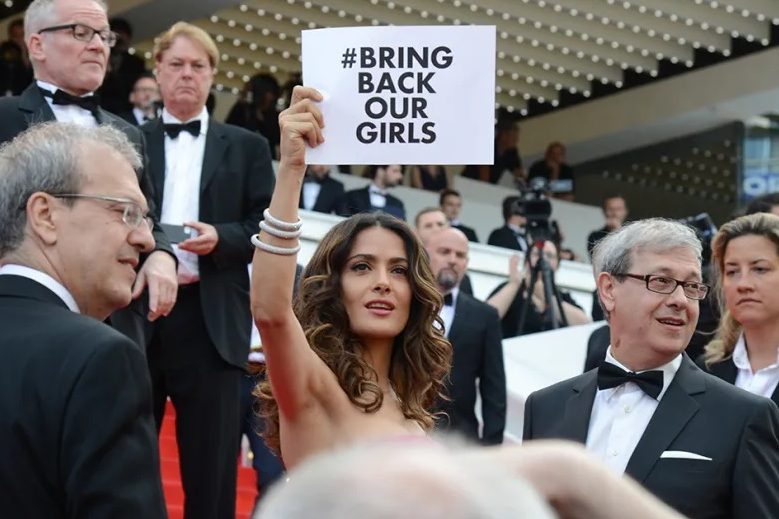






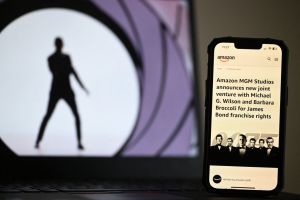


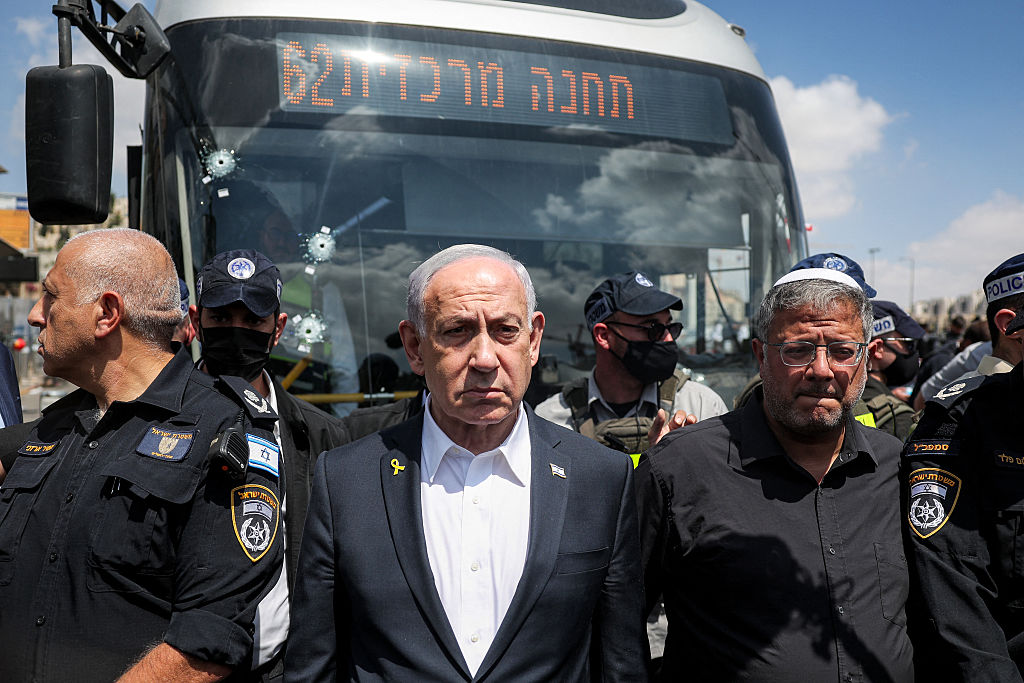
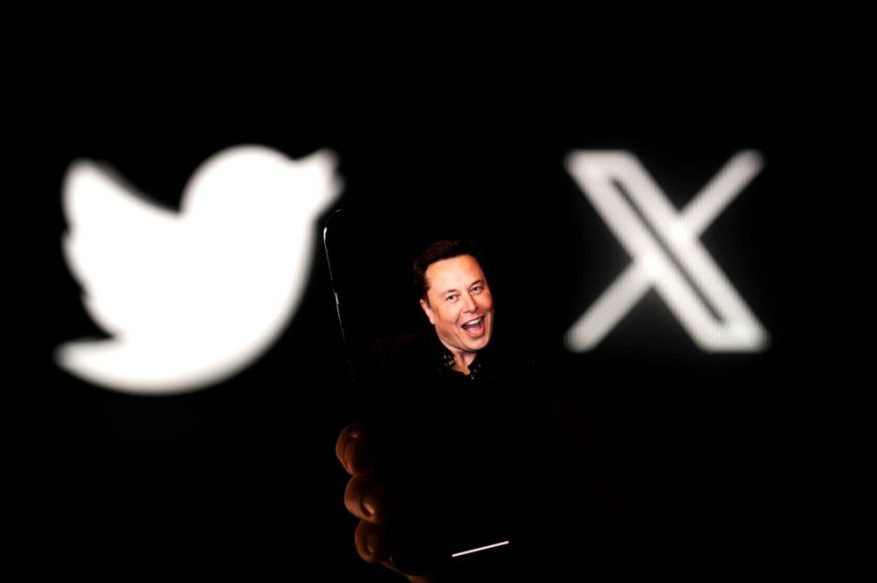
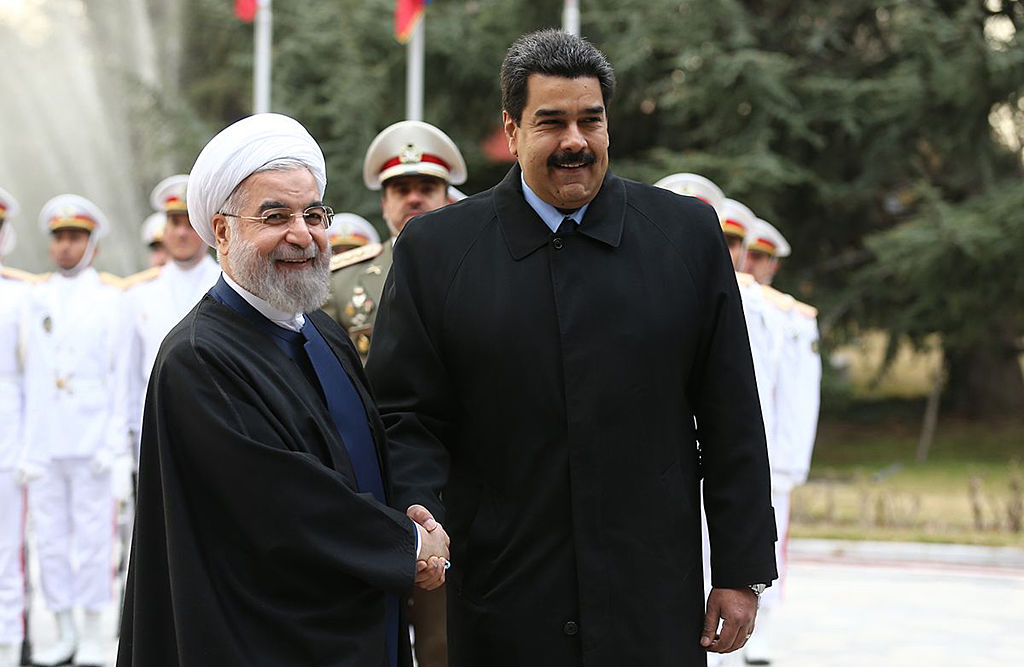

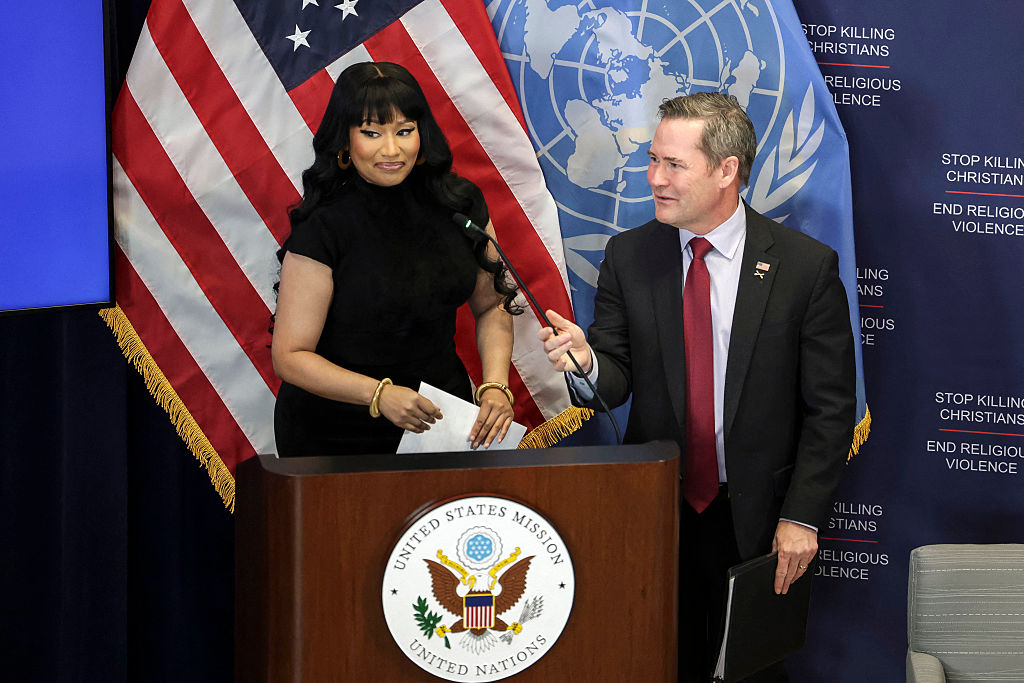








Leave a Reply